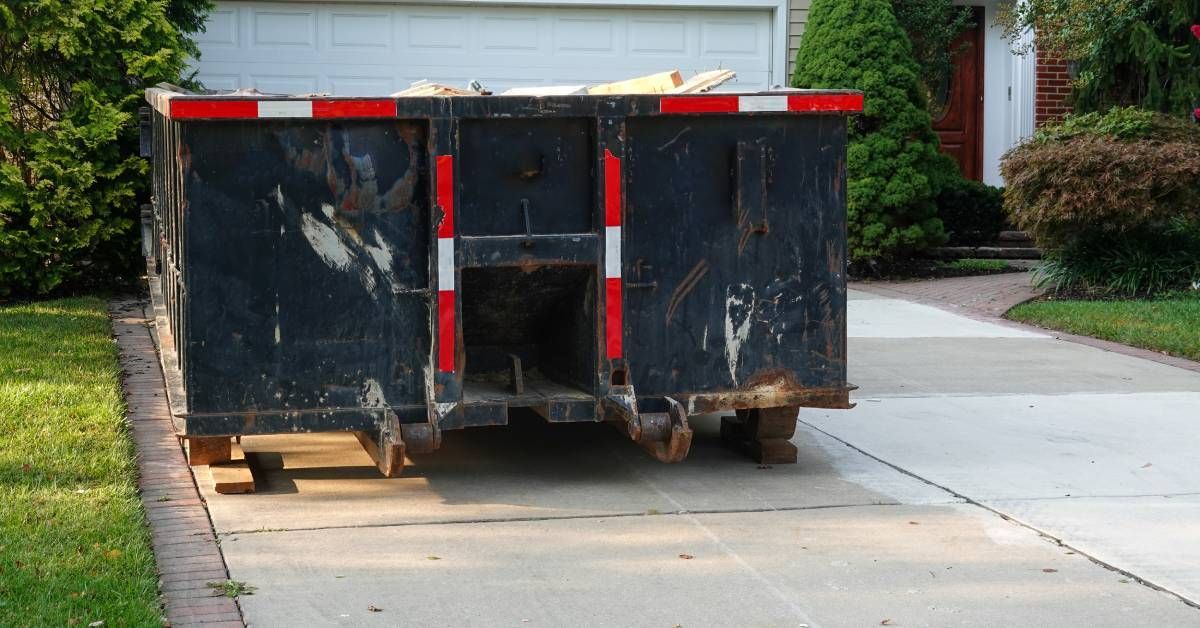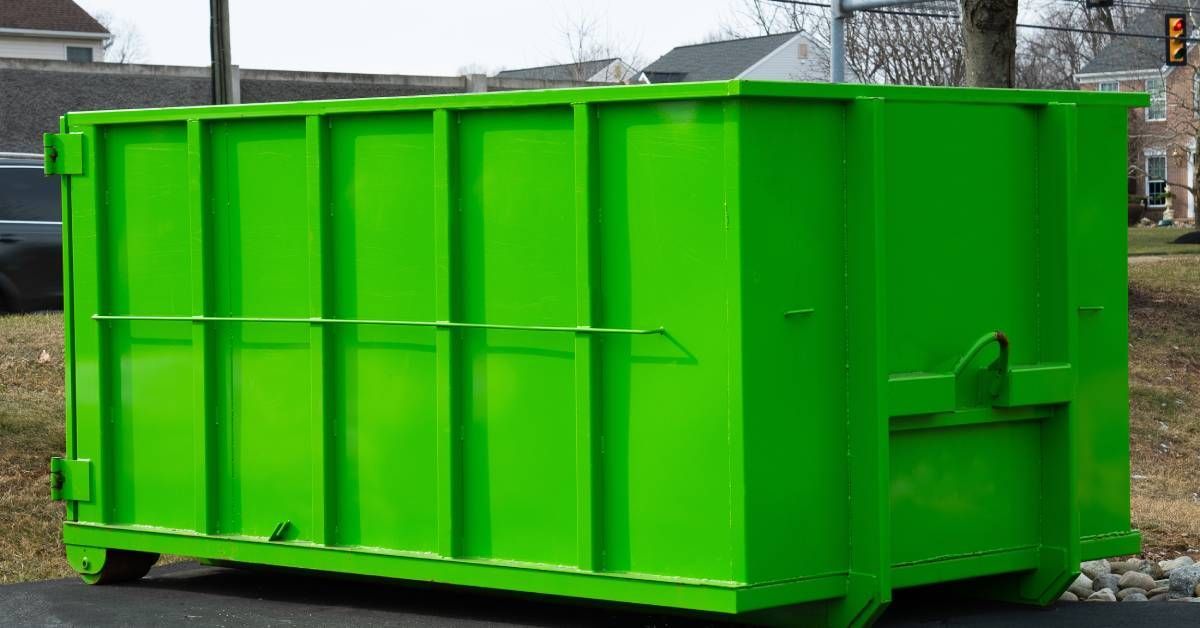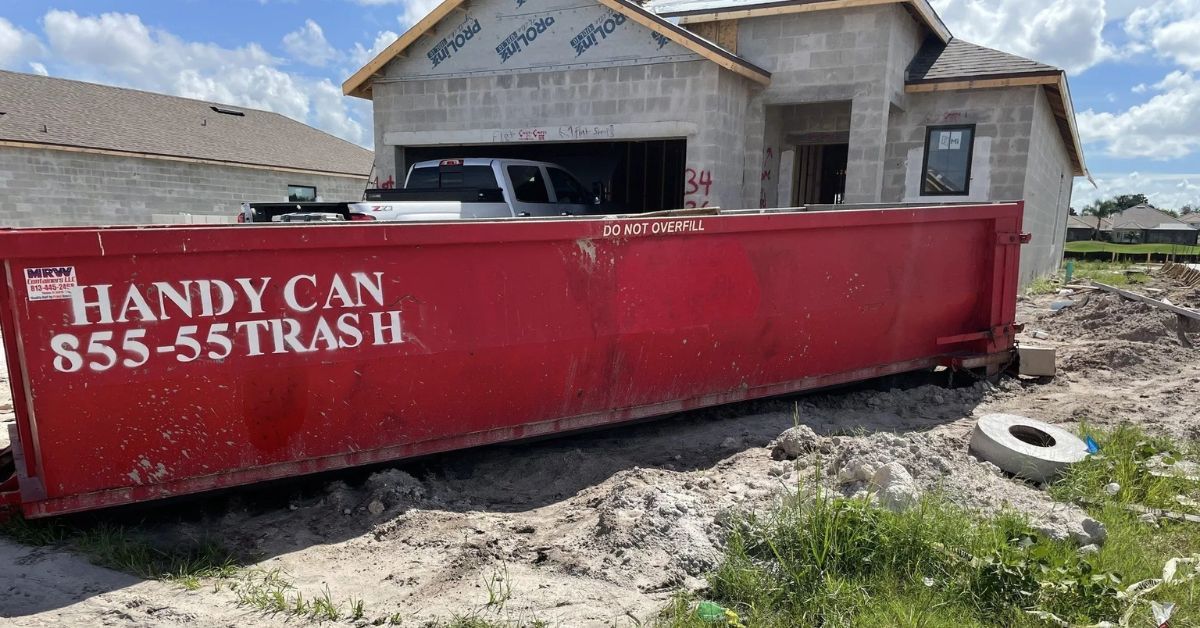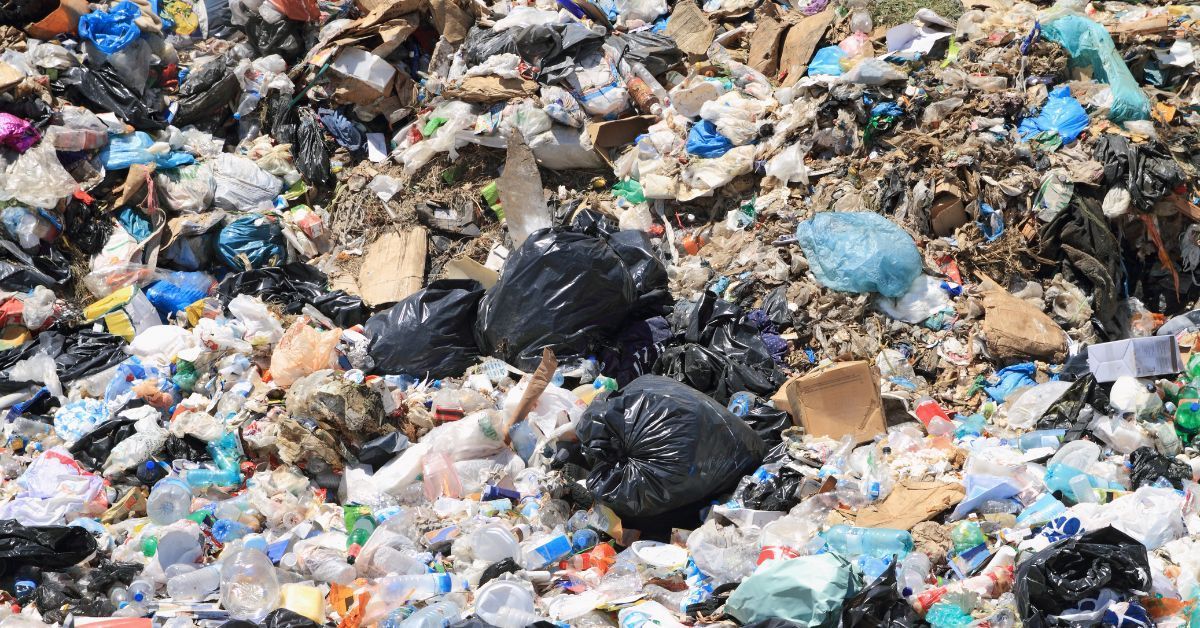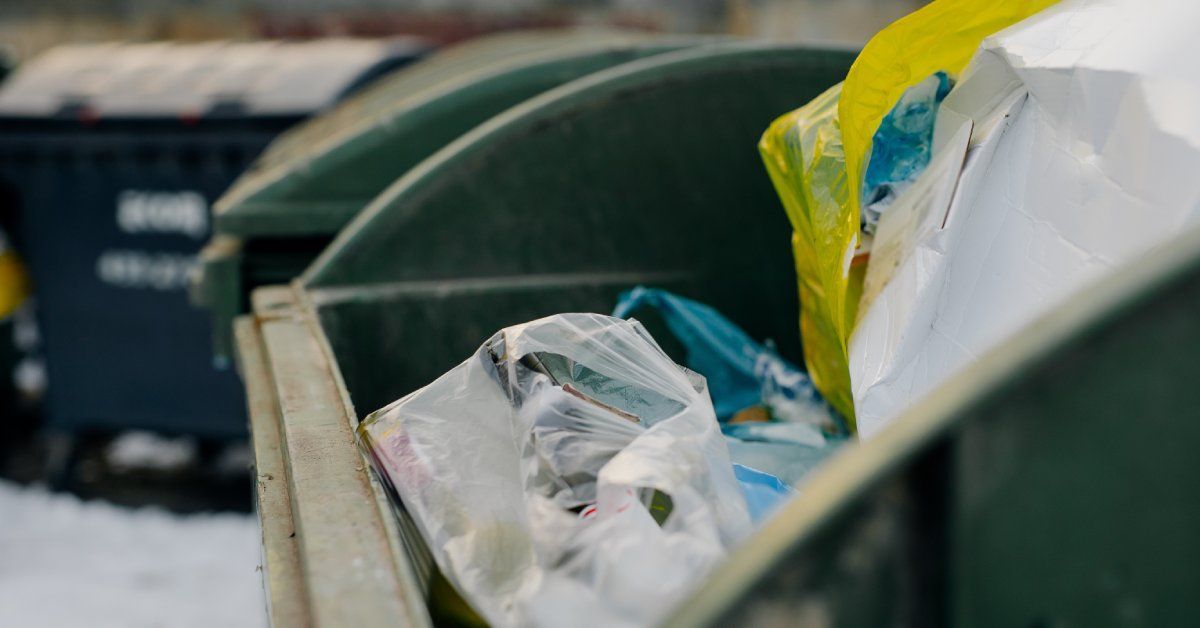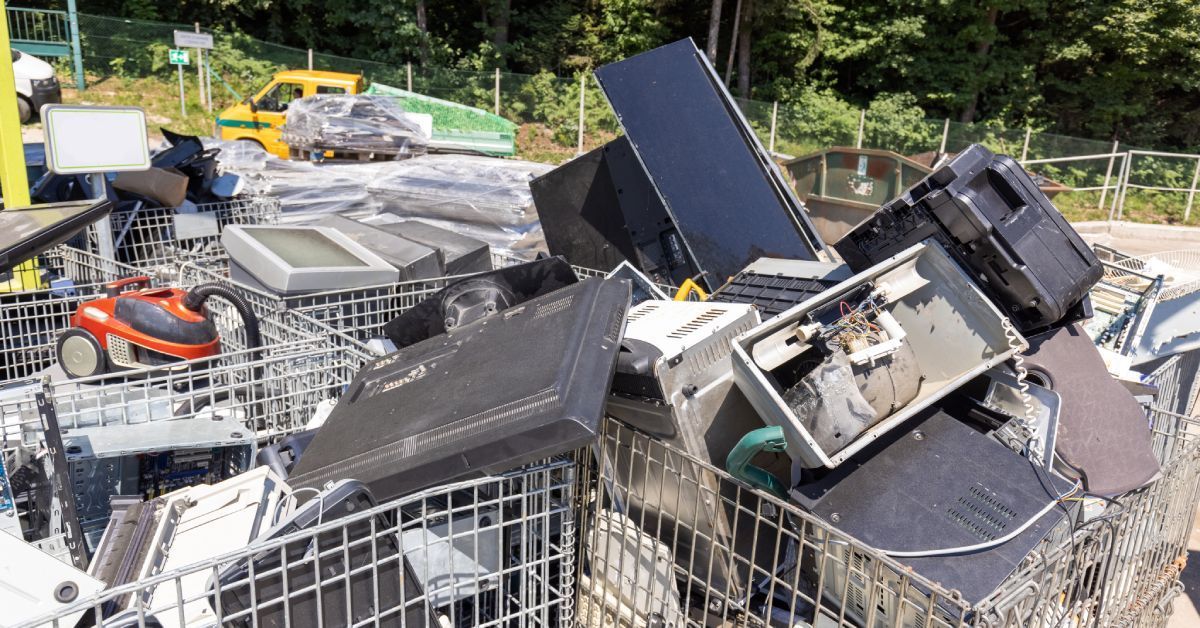Innovative Waste-to-Energy Tech Is Changing the Trash Game
Waste-to-energy (WTE) technology is revolutionizing how we handle waste. It offers a sustainable solution, transforming waste into usable energy. This approach reduces landfill usage and provides alternative energy sources. Continue reading to discover how innovative waste-to-energy tech is changing the trash game.
Current Global Waste Management Challenges
The global waste management landscape faces significant challenges. Increasing waste generation stresses existing waste management systems. Traditional methods, such as landfilling and incineration, contribute to environmental degradation and resource depletion.
Innovative Technologies in Waste to Energy
Recent advancements in waste-to-energy technologies are transforming the waste management sector. These cutting-edge solutions maximize energy extraction from various waste materials, significantly reducing waste disposal’s environmental footprint. WTE technologies address waste management challenges and offer a reliable and sustainable energy alternative by utilizing advanced processes like pyrolysis and gasification. Let’s explore some of the leading innovations propelling this industry forward.
Gasification
Gasification is a cutting-edge WTE technology that converts waste into syngas, a hydrogen and carbon monoxide mixture. This process occurs at high temperatures with limited oxygen. The syngas produced can generate electricity for chemical manufacturing use.
Pyrolysis
Pyrolysis involves heating organic waste without oxygen to produce bio-oil, syngas, and char. This method offers an efficient way to handle various types of garbage. Pyrolysis products can serve multiple purposes, including energy generation and soil improvement.
Benefits of Adopting Waste to Energy Technology
Embracing waste-to-energy technology promises numerous advantages beyond waste management and energy production. Communities and industries can reap economic, environmental, and social benefits by leveraging these advanced technologies. This section uncovers the compelling reasons for adopting WTE solutions and how they contribute to a more sustainable future.
Environmental Sustainability
WTE technology significantly reduces the volume of waste sent to landfills. This reduction minimizes leachate formation and greenhouse gas emissions. We also decrease our reliance on fossil fuels by converting waste into energy.
Environmental Impacts
Waste-to-energy technology profoundly impacts the environment. It significantly decreases the waste volume in landfills, reducing leachate production. This harmful liquid can contaminate soil and water.
WTE technologies diminish methane emissions, a potent greenhouse gas typically released from decomposing organic waste in landfills. As previously stated, these technologies reduce our dependence on conventional fossil fuels by converting waste into usable energy. This conversion cuts down the carbon footprint associated with energy production.
Advanced WTE processes, such as gasification and pyrolysis, yield valuable by-products such as syngas, bio-oil, and char, which various industries can utilize, promoting a circular economy. This innovative approach mitigates the detrimental effects of waste on the environment and contributes to more sustainable and resilient energy systems.
Economic Sustainability
WTE facilities generate valuable energy, creating economic opportunities and reducing energy costs. These facilities can sell WTE by-products, such as metals and aggregates, adding a revenue stream. Additionally, WTE technology creates engineering, construction, and plant operation jobs.
Community Impacts
Adopting waste-to-energy technology profoundly and positively impacts communities. WTE facilities alleviate the burden on local landfills, extending their lifespan and reducing neighborhood complaints about odor and pests. This contribution leads to a cleaner, healthier environment and improves the overall quality of life. Additionally, WTE plants can significantly mitigate public health issues related to waste mismanagement, such as water contamination and air pollution.
Economically, WTE offers communities a dual benefit: cost savings and job creation. Municipalities can reduce their dependency on external energy sources, lowering residents’ utility bills, by generating energy locally. Furthermore, the construction and operation of WTE facilities create numerous job opportunities, from skilled engineers and technicians to administrative and support roles, boosting the local economy.
Socially, the implementation of WTE technologies enhances community resilience by providing a reliable, sustainable energy source. Educational initiatives tied to these projects promote environmental stewardship, fostering a sense of community pride and responsibility. Overall, WTE technology addresses waste management issues and catalyzes positive socioeconomic transformations in communities.
Challenges and Future Developments
Despite the numerous advantages of waste-to-energy technology, this expanding field must address the challenges to ensure its sustainable growth and efficiency. Emerging regulations, technological limitations, and public perception stand as significant hurdles. Ongoing research and development efforts promise to overcome these barriers. They pave the way for innovative solutions and advancements.
Technical Challenges
Despite its advantages, WTE technology faces technical hurdles. High capital costs and complex regulatory requirements pose significant barriers. Continuous research aims to improve efficiency and reduce costs.
Regulatory and Public Acceptance
Public and regulatory acceptance remains a challenge. Concerns about emissions and environmental impacts need addressing. Transparent communication and stringent regulatory compliance are essential for gaining public trust.
Future Technological Advances
Future developments in WTE technology focus on enhancing efficiency and reducing emissions. Innovations include advanced thermal treatment methods and integrated waste management systems. These advancements promise a cleaner and more efficient WTE sector.
Other Tech Innovations Impacting Waste Management
Beyond waste-to-energy technologies, several other innovative solutions are significantly transforming waste management practices.
Waste Collection Systems
Smart waste collection systems use sensors and IoT technology to optimize waste collection routes, reducing fuel consumption and operational costs. Smart systems ensure timely waste collection by providing real-time data on bin fill levels, preventing overflow, and improving urban hygiene.
Plastic-Eating Bacteria
Scientists have discovered and engineered bacteria capable of breaking down various plastics, offering a promising solution to the global plastic waste crisis. These microbes metabolize plastics into harmless by-products, presenting a potentially scalable and eco-friendly alternative to traditional recycling methods.
Circular Economy Models
Circular economy models are also gaining traction. This innovative approach emphasizes reusing, refurbishing, and recycling products and materials, extending their lifecycle and reducing waste generation. Companies continuously adopt circular principles, designing products for longevity and easy recycling. This shift conserves resources and creates new economic opportunities in the recycling and remanufacturing industries.
Waste-Sorting Robots
Waste-sorting robots are revolutionizing recycling facilities. These robots can identify and separate different waste materials with high precision and speed. AI-powered robots enhance recycling rates and reduce contamination by improving waste segregation accuracy, leading to more efficient and sustainable waste management.
These technological innovations and WTE advancements pave the way for a more sustainable and efficient global waste management system. We can mitigate the environmental impact of waste and move toward a more sustainable future by embracing these cutting-edge solutions.
Innovative waste-to-energy tech is changing the trash game. It offers a sustainable solution to current waste challenges, benefiting the environment and the economy. We can pave the way for a cleaner, greener future by embracing these technologies. Now is the time to invest in WTE technology and reap its numerous benefits. Let’s make the change today for a better tomorrow.
Ready to revolutionize your waste management practices or need residential dumpster services? Contact Handy Can Disposing and Recycling to learn more about our innovative solutions and how we can help you achieve your sustainability goals.




